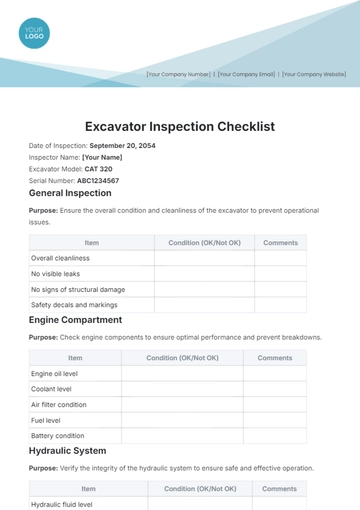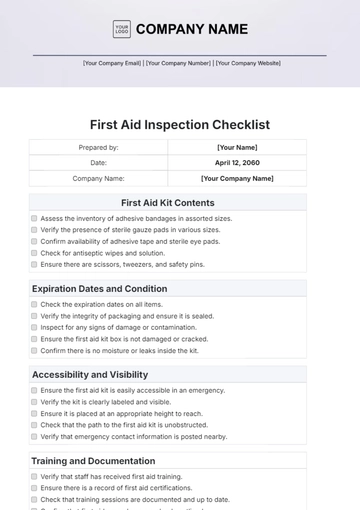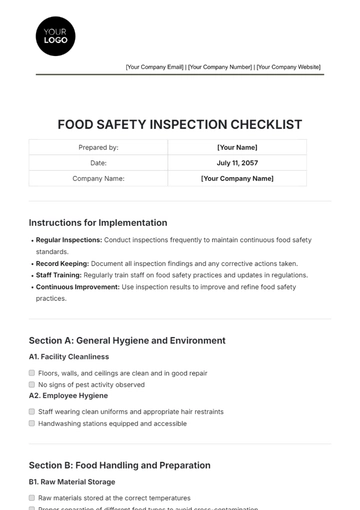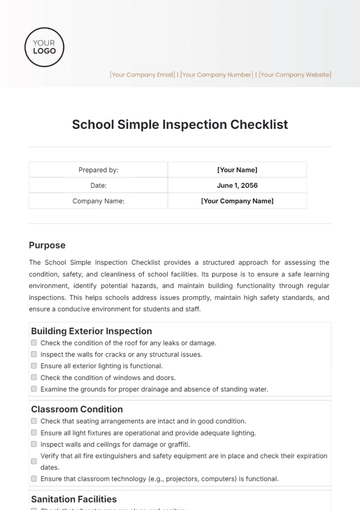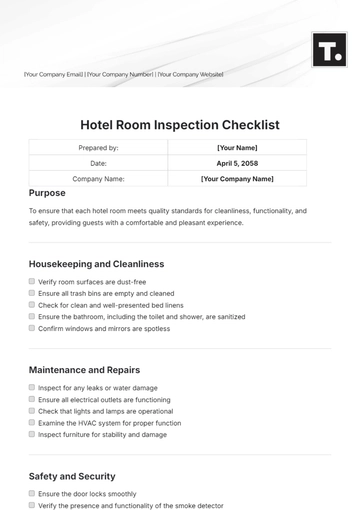Surgical Site
This procedural checklist, designed by [Your Name] from [Your Company Name], is dedicated to enhancing patient safety during surgical procedures. With due diligence and careful execution of each task, we strive to create a transparent, accountable, and safe surgical environment for all patients.
Objectives of the checklist:
Ensure surgeons conduct all necessary safety measures before, during, and after the operation.
Promote active communication and collaboration among medical team members.
Prevent potential surgical complications and errors.
Preoperative Verification:
Team Briefing:
Time-Out Procedure:
Equipment and Instrument Check:
Sterility Confirmation:
Anesthesia Check:
Critical Events and Contingencies:
Surgical Site Marking:
Postoperative Considerations:
Communication with the Recovery Team:
Documentation and Record Keeping:
Patient and Family Communication:
Environmental Control:
Postoperative Debriefing:
Continuous Training and Education:
Checklist Templates @ Template.net



